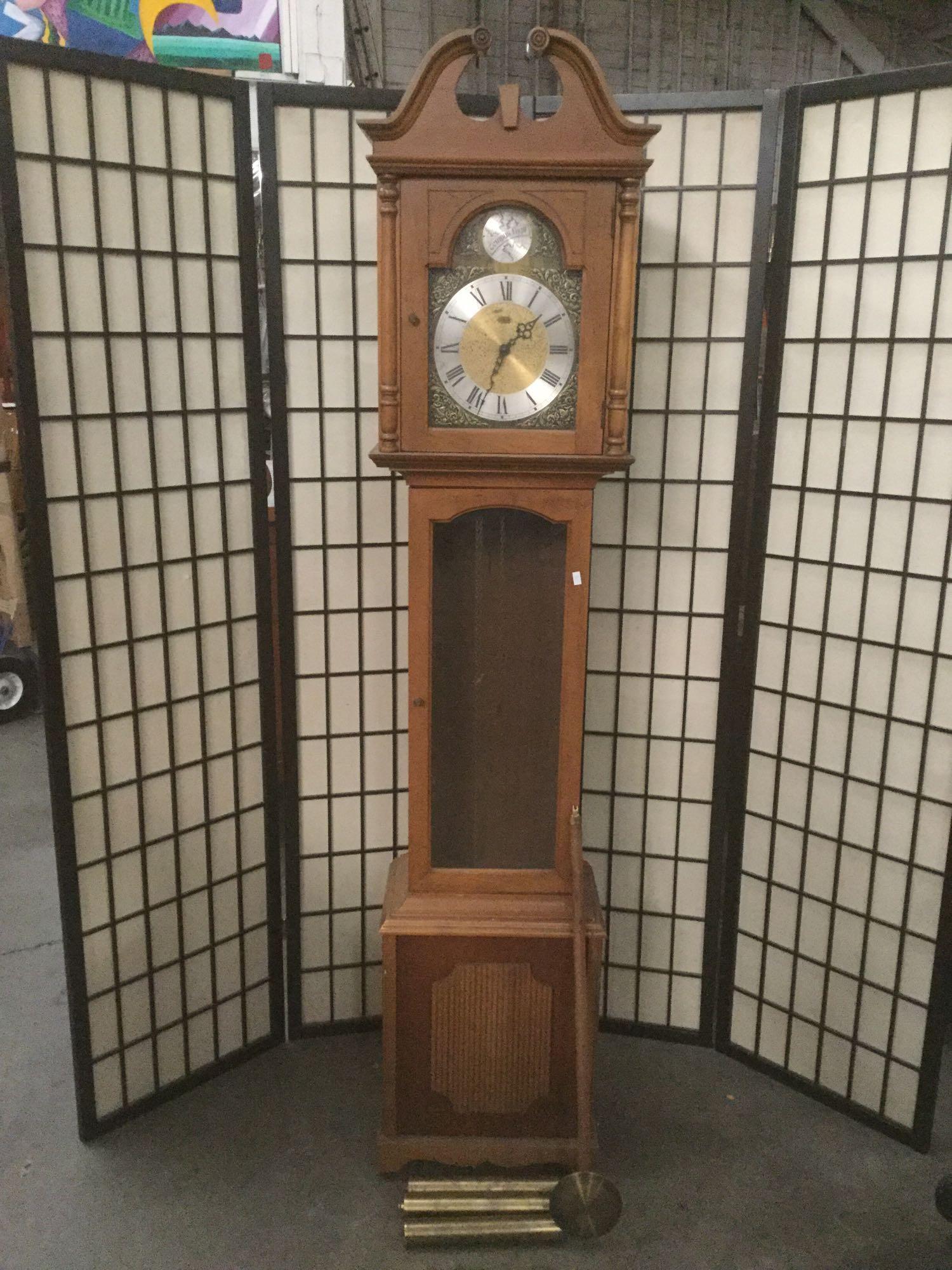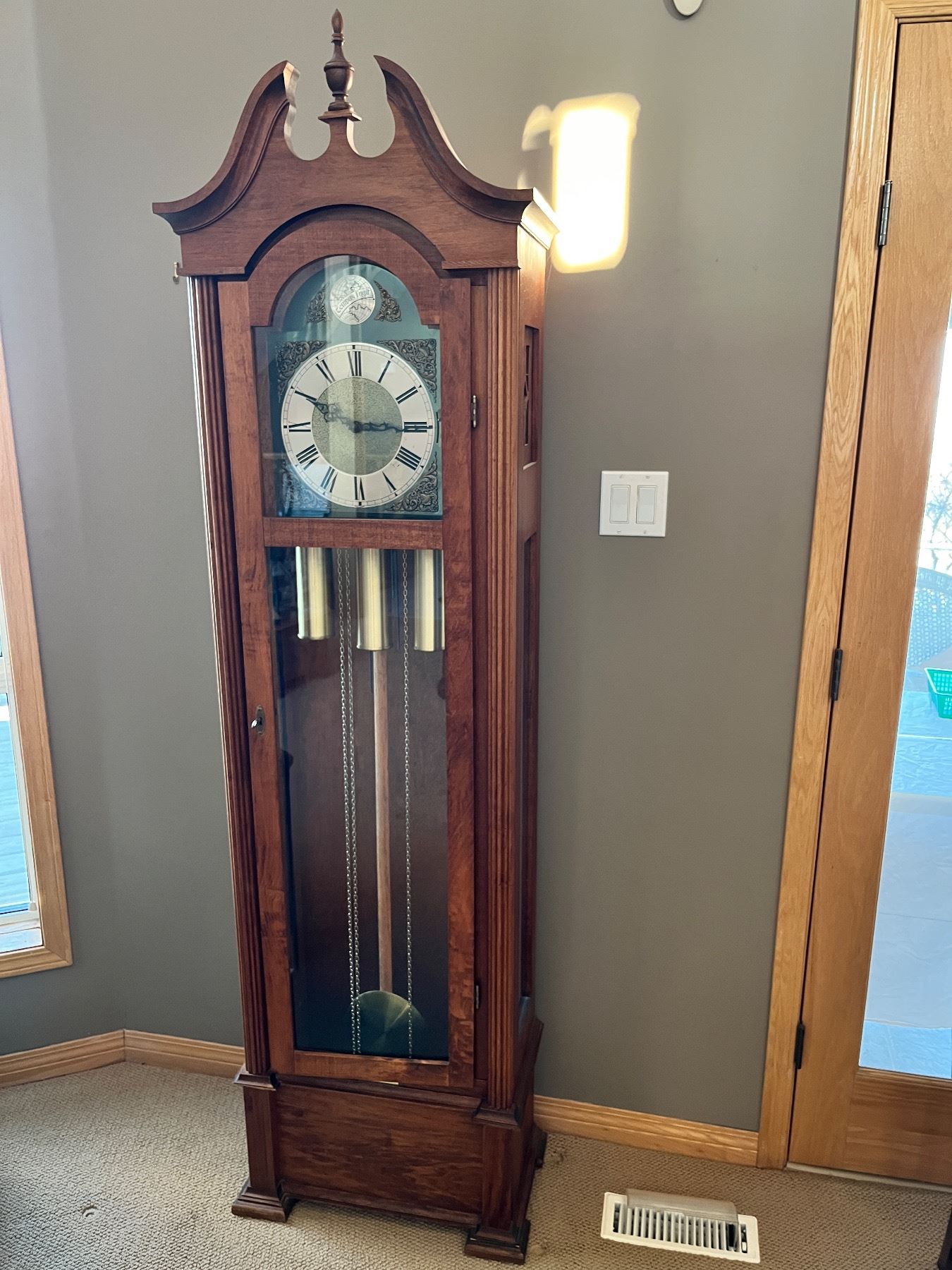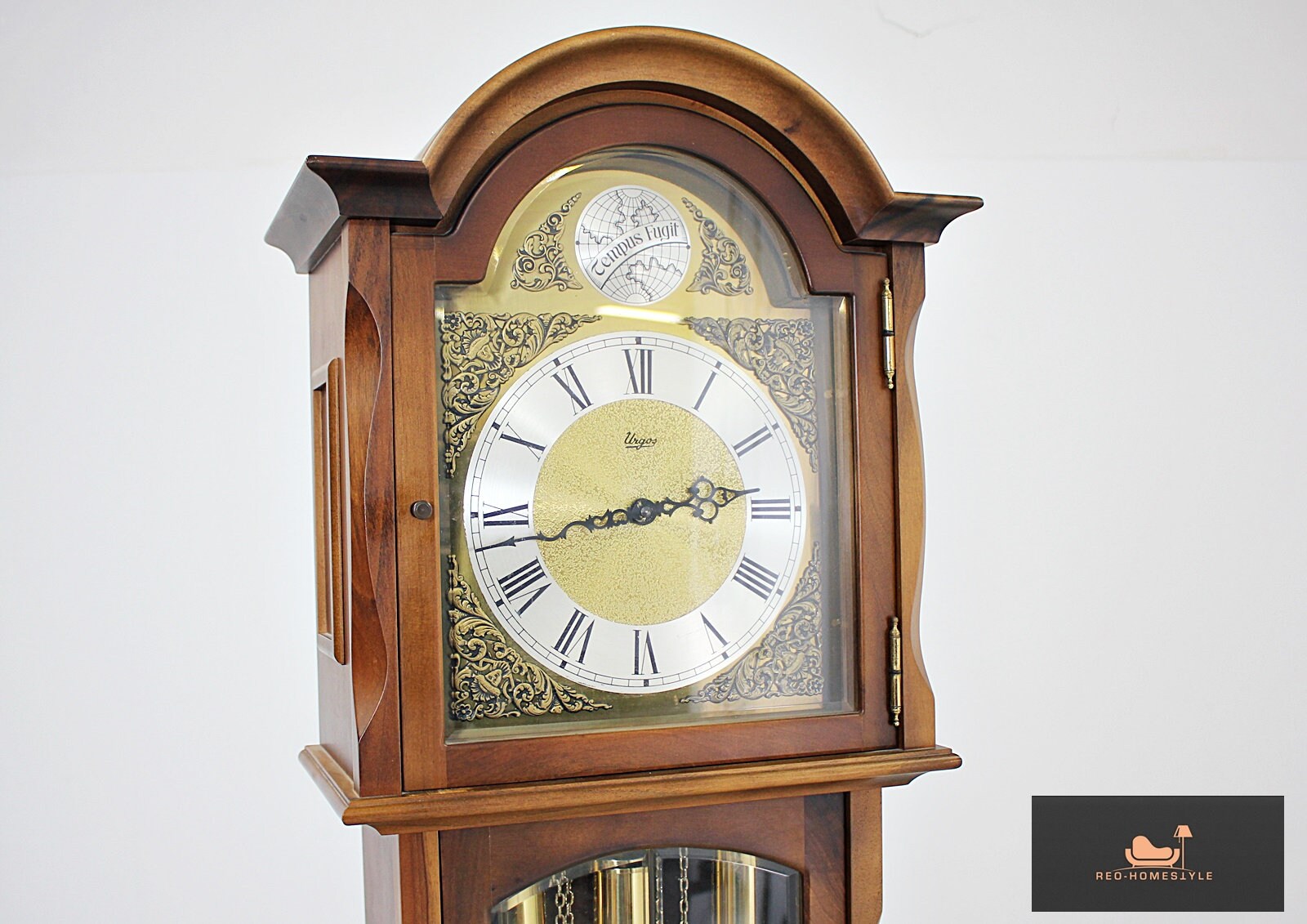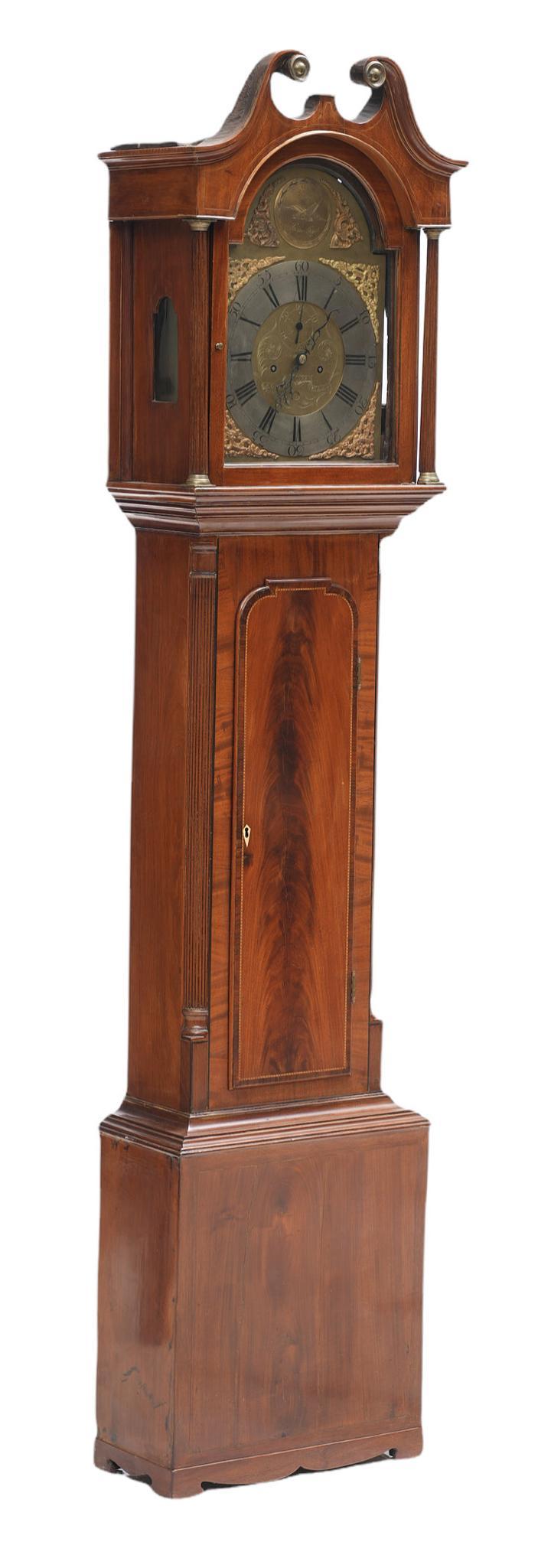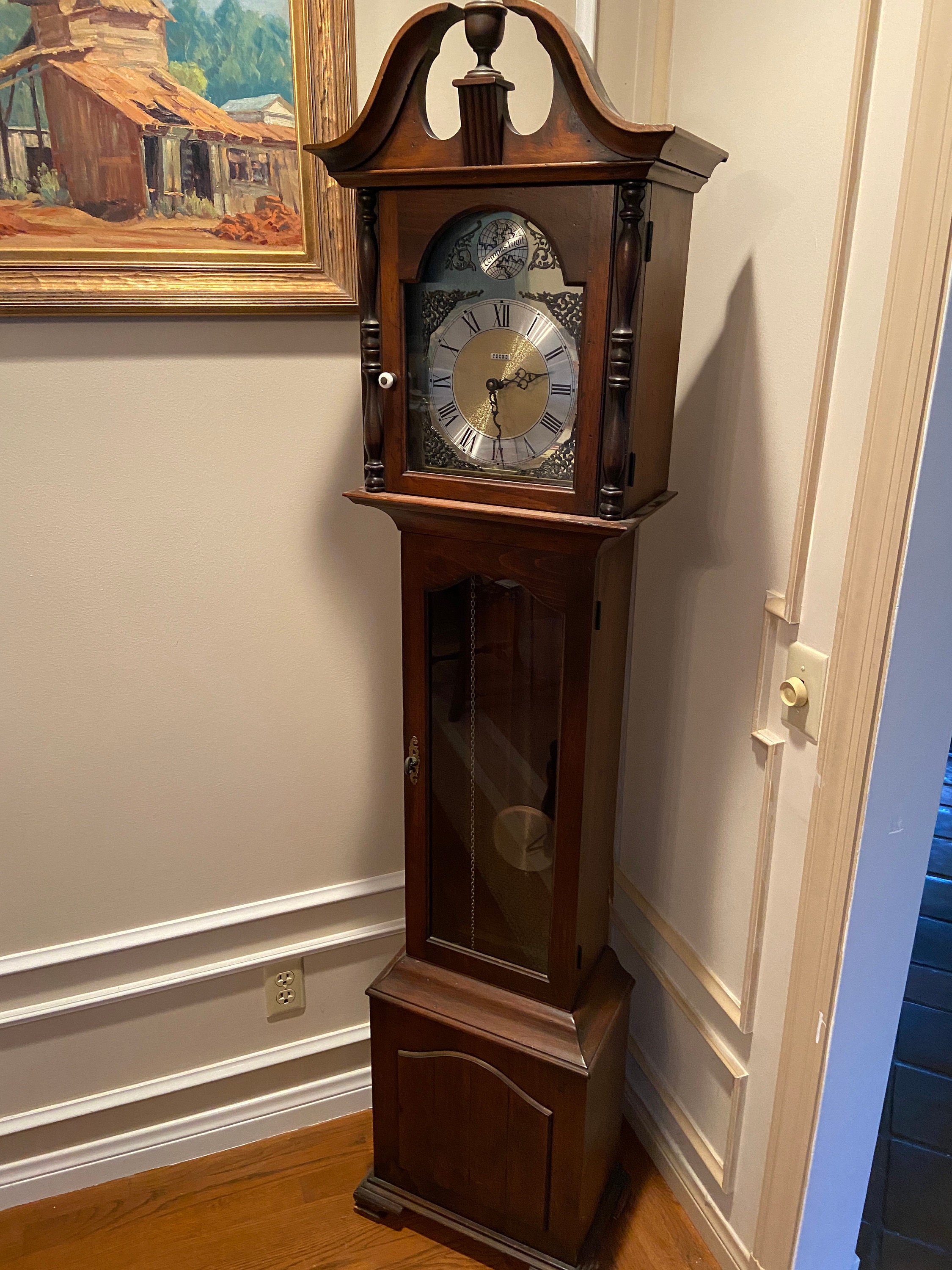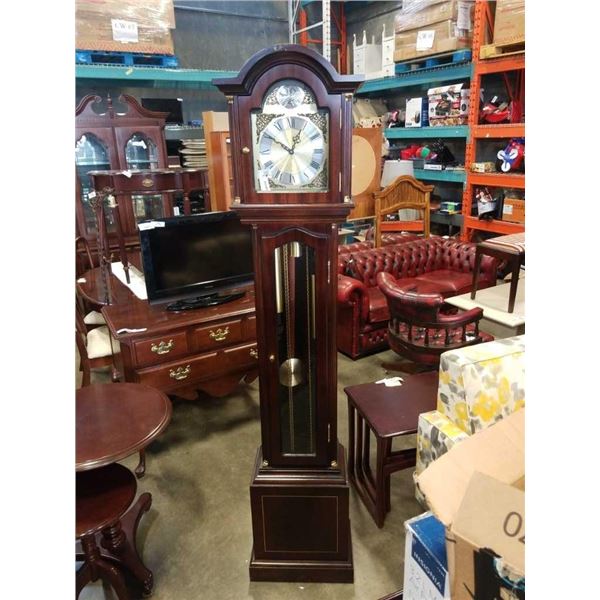Tempus Fugit Grandfather Clock How To Set Weights

Okay, so you’ve inherited, rescued, or perhaps impulsively purchased a magnificent Tempus Fugit grandfather clock. It's a beauty, right? But those dangling weights look a little…intimidating? Fear not! Getting them in order is easier than assembling that flatpack furniture you’ve been avoiding.
Let's tackle those weights! It's not brain surgery, more like a graceful dance between you and time itself.
The Weighty Issue: Positioning for Perfect Tick-Tocks
First things first: Take a deep breath. No need to channel your inner Olympic weightlifter, these aren't that heavy.
Unraveling the Mystery: From Left to Right (Usually!)
Think of the weights as a family, each with a designated spot. The *general* rule is: the heaviest weight chills on the right.
Next in line, usually the middle weight, takes its place in the center. And finally, the lightest weight enjoys the left-most position. Imagine it as a tiered wedding cake, with the biggest layer at the bottom.
Here's a totally relatable analogy: Imagine you're lining up for your favorite band's concert. The biggest fan (with the loudest voice, obviously) gets the prime right spot!
When "Usually" Isn't Good Enough: Listen Closely!
Okay, so the "heaviest on the right" rule is generally true, but grandfather clocks are like snowflakes - each slightly unique. Some clocks are *eccentric* and want it differently.
The best way to know for sure is to listen! Once you have weights on, make sure the clock can chime and the pendulum can swing freely. The gears will take care of the rest.
If the clock stubbornly refuses to tick or chime, experiment! Switch the positions of the weights to find the configuration that makes your *Tempus Fugit* sing.
The Chain Gang: Hooking 'Em Up
Each weight needs to connect to its own chain. Find the little hooks or loops at the end of the chains. Attach the weights to them gently.
Think of it like connecting puzzle pieces. You want a snug fit, but no need to force anything.
A word of caution: Don't let the chain slack tangle up. It is like untangling Christmas tree lights – the worst.
Troubleshooting: Weighty Problems, Simple Solutions
So, what if your clock still refuses to cooperate? Don't throw in the towel! Let's troubleshoot.
First, double-check the chains. Are they running smoothly through the gears? Any kinks or snags can throw everything off.
Second, give the pendulum a gentle nudge. Sometimes, it just needs a little encouragement to get started. Think of it as a friendly "wake-up call."
Finally, if all else fails, consult the manufacturer's instructions (if you have them!) or enlist the help of a clock repair professional. They're like clock whisperers, fluent in the language of gears and springs.
Remember, setting the weights on your *Tempus Fugit* grandfather clock should be a fun and rewarding experience. Enjoy the process, and revel in the beautiful sound of time passing.
Now go forth and conquer those weights! May your clock chime happily ever after.
